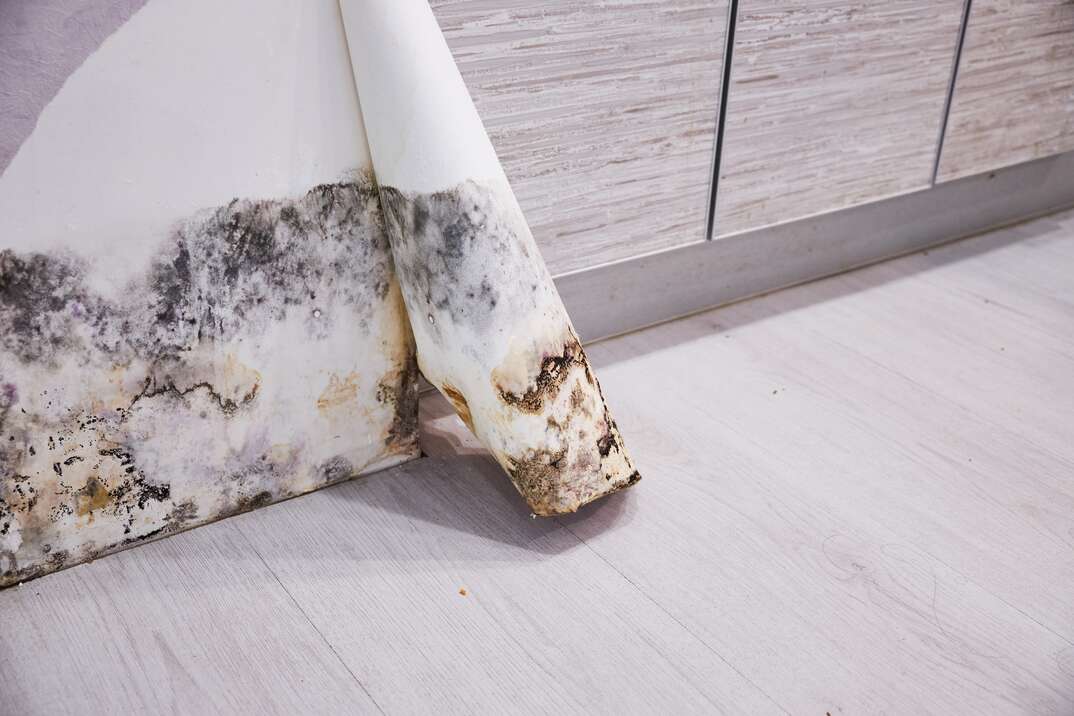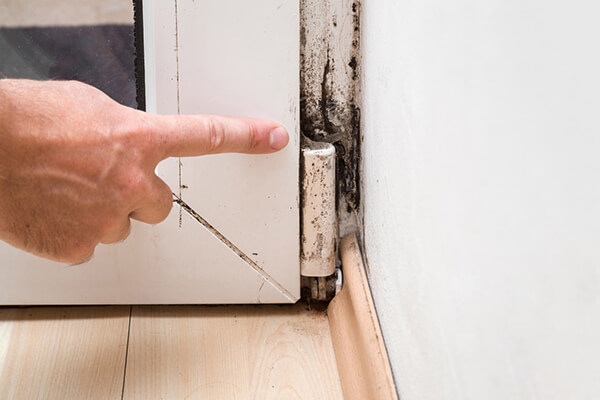Effective Post Mold Remediation Cleaning Protocols
Wiki Article
Expert Tips for Blog Post Mold Removal Success
In the realm of mold removal, efficiently getting rid of mold and mildew is just half the battle; the true difficulty exists in stopping its reappearance. By adhering to skilled ideas and finest techniques, people can secure their spaces versus mold and mildew renewal and maintain a healthy and balanced indoor setting.
Screen Humidity Levels Frequently
Routine monitoring of humidity degrees is vital in ensuring the effectiveness of post mold remediation initiatives. After finishing mold removal treatments, keeping ideal moisture degrees is critical to stop mold re-growth and guarantee a healthy and balanced interior atmosphere. Tracking humidity degrees permits early detection of any kind of spikes or fluctuations that might potentially result in mold revival. High moisture degrees above 60% create a helpful environment for mold and mildew to flourish, making normal monitoring a proactive action to protect against any type of future mold and mildew problems - Post remediation mold testing near me.Using hygrometers or dampness meters can assist in properly determining humidity levels in different areas of the residential property. These tools provide real-time data that makes it possible for remediation experts to make enlightened decisions regarding ventilation, dehumidification, and other required actions to maintain optimal moisture degrees post-remediation. In addition, developing a regular schedule for moisture checks, especially in high-risk locations such as kitchen areas, cellars, and restrooms, is a positive approach to mold avoidance. By regularly checking humidity levels, homeowner can properly alleviate the danger of mold reoccurrence and keep a healthy and balanced interior atmosphere post-remediation.
Conduct Thorough Inspections Post-Remediation
Complying with the conclusion of mold and mildew remediation procedures, it is necessary to carry out extensive examinations to verify the performance of the removal procedure. These post-remediation assessments are crucial in making sure that the mold and mildew issue has actually been efficiently dealt with which there is no reappearance or staying mold growth. Examinations should be accomplished by qualified professionals that have proficiency in determining mold and assessing indoor air high quality.During these inspections, numerous methods such as visual assessments, air sampling, and surface sampling may be employed to thoroughly examine the remediated areas. Visual evaluations involve a comprehensive examination of the properties to look for any kind of noticeable indicators of mold and mildew development or water damages. Air tasting assists in determining the air-borne mold spore degrees, while surface sampling can spot mold particles on surfaces.
Implement Appropriate Ventilation Approaches
After guaranteeing the effectiveness of the mold remediation procedure through extensive inspections, the following essential step is to concentrate on executing appropriate air flow techniques. Appropriate air flow is vital in preventing mold and mildew reoccurrence by controlling moisture degrees and promoting air flow.
Proper air flow not just aids in protecting against mold and mildew development however also contributes to the general health and wellness and convenience of passengers. By making sure ample air flow throughout the home, you can minimize the danger of mold regrowth and create a much healthier living setting.

Use Mold-Resistant Materials for Services
To boost the long-lasting performance of mold and mildew remediation initiatives, incorporating mold-resistant materials for repairs is critical in alleviating the danger of future mold and mildew growth. Mold-resistant products are made to stand up to dampness and inhibit mold and mildew growth, making them an essential choice for areas prone to dampness and humidity. When fixing locations influenced by mold, utilizing products such as mold-resistant drywall, mold-resistant paints, and mold-resistant caulking can aid protect against mold recurrence.Mold-resistant drywall is an excellent option to conventional drywall in areas like basements and bathrooms where wetness levels are higher. This kind of drywall has an unique coating that resists mold growth even when revealed to damp conditions. Additionally, utilizing mold-resistant paints having antimicrobial agents can better prevent mold and mildew development on walls and ceilings.
In areas where wetness prevails, such as cooking areas and bathrooms, utilizing mold-resistant caulking around tubs, windows, and sinks can help seal out water and avoid mold and mildew from holding in fractures and crevices. By investing in these mold-resistant materials during fixings post-remediation, you can significantly reduce the possibility of future mold and mildew concerns and maintain a healthier interior setting.
Maintain Cleanliness and Address Water Issues
After mold removal, it is essential to preserve a tidy atmosphere to prevent the regrowth of mold and mildew. Leaks, water invasion, or high moisture levels can produce the perfect breeding ground for mold and mildew, so it is necessary to take care of any testing air quality after mold remediation kind of water-related troubles instantly.To maintain sanitation, take into consideration using HEPA filters in vacuum cleaners and air purifiers to trap mold spores and prevent their circulation in the air. Making certain correct air flow in areas vulnerable to moisture build-up, such as shower rooms and kitchen areas, can assist keep humidity degrees in check. By staying vigilant concerning sanitation and resolving water problems quickly, you can efficiently prevent mold reinfestation and maintain a healthy interior setting.
Conclusion

In the realm of mold removal, efficiently getting rid of mold is only half the battle; the real obstacle exists in avoiding its reappearance. After completing mold and mildew removal treatments, preserving ideal moisture degrees is crucial to protect against mold re-growth and guarantee a healthy and balanced interior atmosphere. High moisture degrees over 60% develop a helpful environment for mold and mildew to flourish, making regular checking a positive action to avoid any future mold and mildew concerns.
To boost the long-term performance of mold remediation efforts, integrating mold-resistant products for fixings is essential in reducing the danger of future mold development. After mold and mildew removal, it is important to keep a clean atmosphere to protect against the regrowth of mold.
Report this wiki page